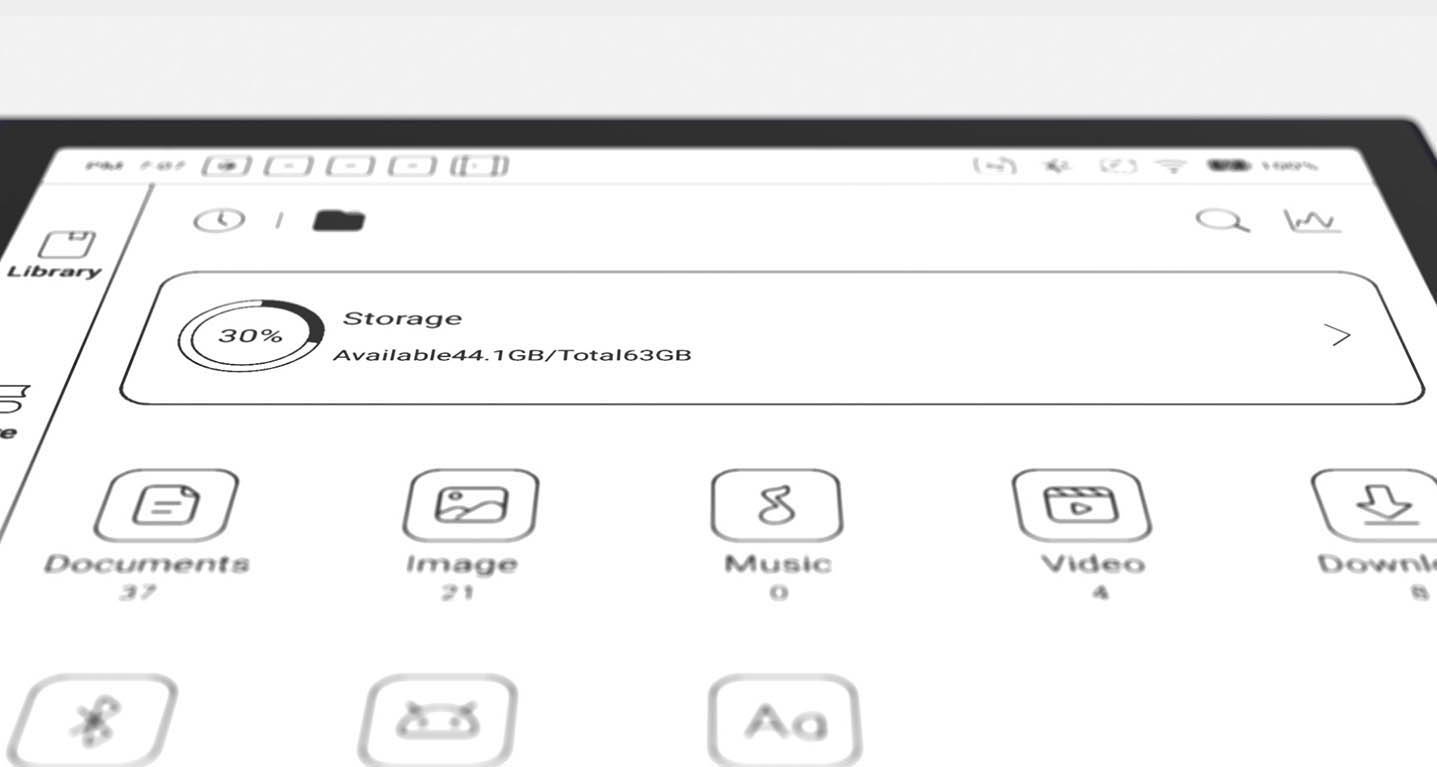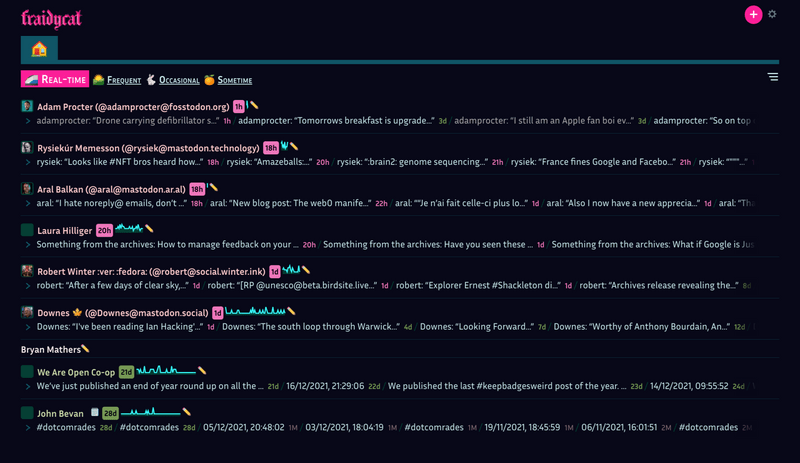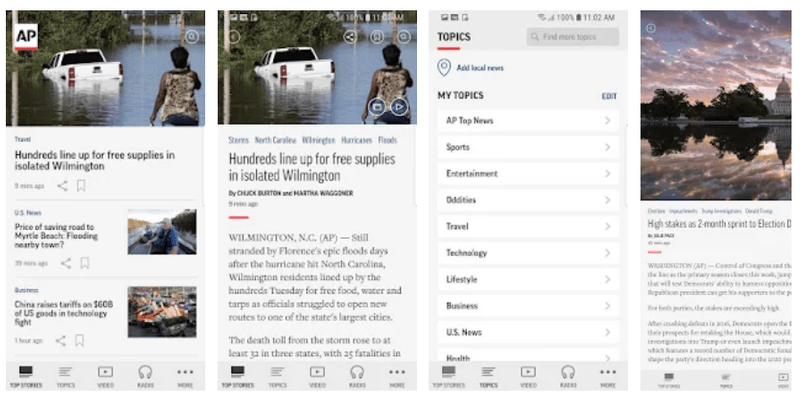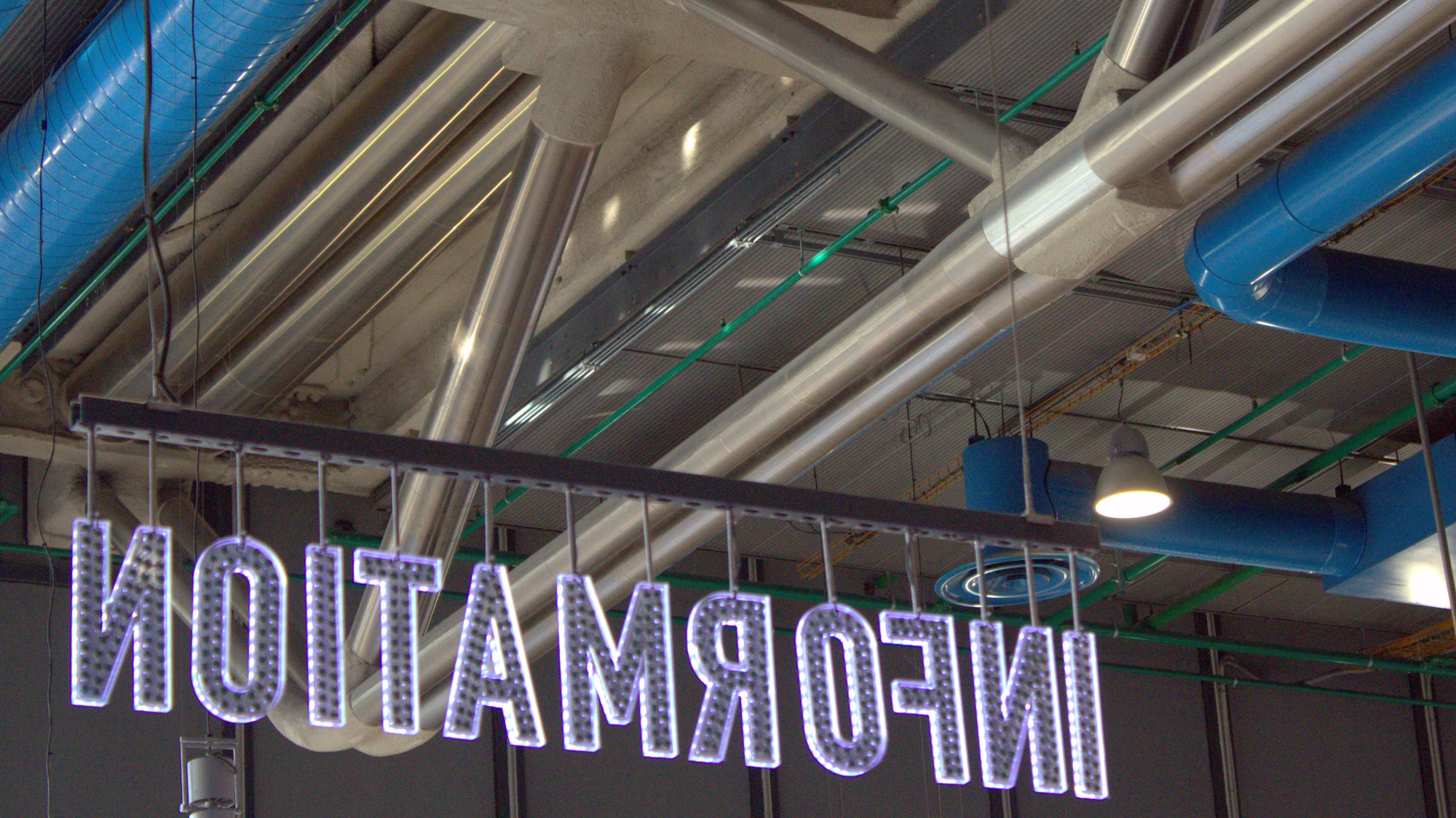Experimenting with new tools to augment my information environment
One of my favourite quotations, as people who know me well will attest, is Clay Shirky’s from an interview he gave in 2014:
I know people who get everything in their work environment just so, but current optimization is long-term anachronism. I’m in the business of weak signal detection, so at the end of every year, I junk a lot of perfectly good habits in favor of awkward new ones.
Reminding myself of this always helps me feel better about my tendency, especially at this time of year, to want to blow everything up and start again. Instead, I tend to tinker and refine rather than nuke stuff.
There are three things I’m playing around with at the moment. One is a news site, one is a hardware device, and the other is a personal tool to keep abreast with news and status updates. I’ll share them in order of excitement.
Boox Note Air 2

I have to caveat discussing this device by saying that I agree it’s almost ridiculously expensive. An iPad is cheaper, and I’ve already got a Google Pixelbook that can do much of what it does. However, what the Boox Note Air 2 provides is a 10.3″ e-ink touchscreen with a backlight that can be shifted towards warmer colours.
This is particularly important for me, as I have corneas so thin I can’t have laser eye surgery, extremely light blue eyes, and suffer from migraines. As such, although I live and work online, I’m always having to be really careful about the amount of time I spend on backlit screens.
I’ve only had the Boox Note Air 2 a few days, but I’ve used it even more than I thought I would. It’s replaced my existing e-reader, of course, but I also find myself picking it up instead of a laptop in the evening to read and make a few notes.
Although very well made, it’s not perfect. If your mental model is ‘iPad’ then it feels janky. However, when I pick it up thinking ‘ereader’ I’m delighted by the additional affordances it offers. Again, it wasn’t cheap at almost £500 including the official case. But it was a business purchase at the end of my (successful) financial year, so I justified it that way.
Underneath it all, the tablet runs Android 10, so I’ve managed to add the Google Play store, install a new launcher, and try out a range of apps that run tolerably well on an e-ink display.
Fraidycat

I’ve experimented with Fraidycat a few times since its initial release a couple of years ago. I feel like the GitHub README for the project describes it better than the official website:
Fraidycat attempts to dissolve the barriers between networks – each with their own seeming ‘network effects’ – and forms a personal network for you, a personal surveillance network, if you will, of the people you want to monitor. (It’s as if the Web itself is now your network – imagine that.)
There are no fancy algorithms behind Fraidycat – everything is organized by recency. (Although, you can sort follows into tags and priority – “do I want to track this person in real-time? Is this a band that I am only interested in checking in on once a year?”) For once, the point isn’t for the tool to discern your intent from your behavior; the point is for you to wield the tool, as if you are a rather capable kind of human being.
I’ve got an on-again-off-again relationship with Feedly that I’m currently dissatisfied with, so I’ve moved some of my subscriptions to Fraidycat. What I like about it is that you can subscribe to pretty much anything — social media updates, blog posts, news sites. Whatever you like. I also appreciate the encouragement to categorise these by those you want ‘real-time’ updates about, as opposed to ‘frequent’, ‘occasional’ or ‘sometime’.
Right now, I’ve added a few Twitter and Fediverse accounts into ‘real-time’ and some blogs into ‘frequent’ and ‘occasional’. We’ll see how it goes.
Update: I’d highly recommend watching this video where the creator of Fraidycat explains his vision / worldview. It’s a masterpiece.
AP News

If you look at a range of news sources, you’ll find that they often cover identical stories. This is because many outlets take the feed provided by the Associated Press and add their own spin. AP News is an mobile app and website that gives, as far as I can see, pretty unbiased reporting of events in the US and around the world.
Earlier this week, there was an attack on the South African parliament building that went largely unreported in other news sources I saw. I discovered this initially via Ground News, a site that aims to show how biased different outlets can be in reporting the same events.
What I like about the app is that it’s not sensationalist. What I don’t like is that the home screen is US-focused, and I have to click through to international news. I’m experimenting with this and tailoring my Google News feed at the moment. I feel like doing this, along with my print subscription to Guardian Weekly will keep me appropriately up-to-date with what’s going on in the world.
If you’re experimenting with new workflows, I’d love to hear them! Please do leave a comment below 😊

